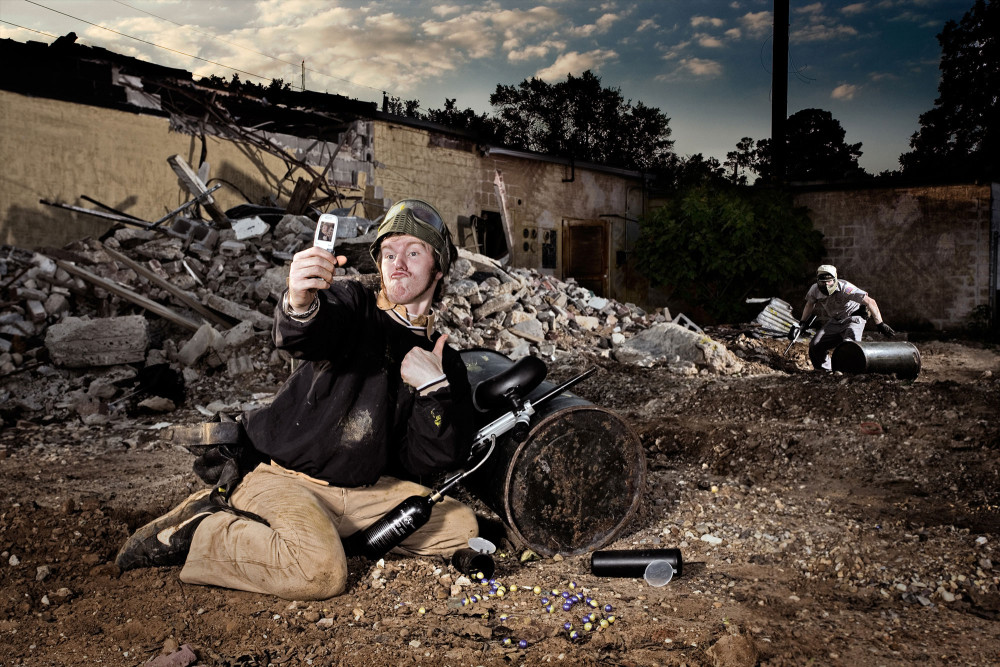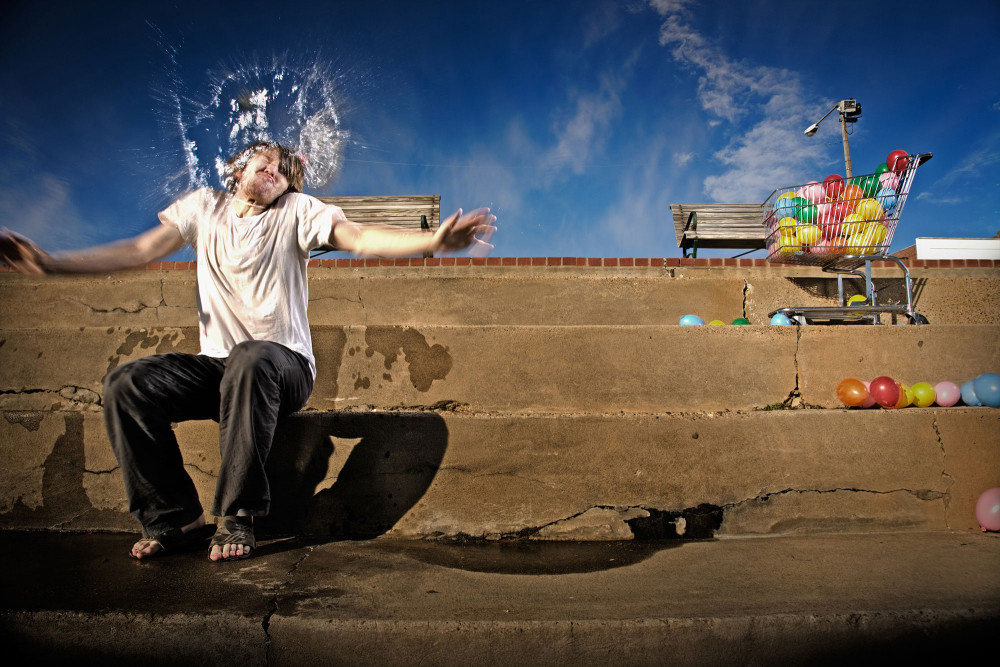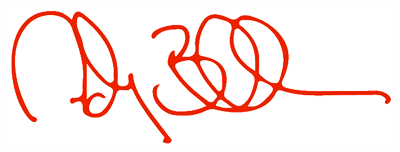
Beta 1
After a year of portrait work, I started pondering what type of project to approach next. At the start of the second school year, I quit smoking cigarettes. I used the patch to do so. One side effect most people don’t know is that if you sleep while wearing the patch, you get the most amazing, messed up dreams ever. They’re terrifyingly wonderful. I recommend everyone trying it at least once, just for the experience. The first time it happened, I woke up in a sweat at 4 AM after my dream had me racing through a Mexican vineyard while being chased by an angry pack of dogs. I had to stop periodically, because my hand was in my pants trying to masturbate in a race against being caught in the chaos. Even now, the dream doesn’t make sense to me, but that’s okay. It was wonderful. Now, at least. Back then, I grabbed the nicotine patch and threw it across the room. Slowly, my heart rate returned to normal and I went back to sleep.
The next night, I kept the patch on and went to sleep. In this dream, I was wearing a Halo outfit while running through a cathedral in what was apparently futuristic paintball warfare. Every time my paint got low, I had to take a hot-shoe flash contraption off the top of the gun and recharge it with batteries. It was a jumbled mess of life experiences mixed with subconscious absurdities. In the dream, I walked around a corner to find a young child collecting trash. “Holt!” she said, and raised her hands to offer me some of her collected trash.
Then I woke up.
My instinct was to grab the patch and fling it like the last one, but I paused. It dawned on me, these were vivid short films being offered free of charge every night. I only needed to go to sleep to view them. A few days later, I decided to start writing them down. A week later, it occurred to me that I had the starting elements of a new photo project: collecting dream stories into organized prose, abstracting them, and then use theatrical tactics to perform the interpretations in front of the camera.
The image at the top of this essay was the first photograph made in this project. It was inspired by the Halo paintball dream. Does it match the specifics exactly? Nope. I wouldn’t want it to. The act of making the photograph was a creative process full of open-ended options at every avenue.
I went to an SPE photo conference in Arlington, TX about a month after I started making these images. Part of the conference would be photo reviews, so I scheduled some to get feedback on the work. Overall, the reactions were positive. I noticed something occurring that I rarely saw in photo discussions: laughing. At art. In the process of making work that I would most like to see, I had inadvertently put a bit of my personality into them. Comedy. Silliness. People were laughing at the work. I totally dug it. I didn’t know if laughter was a specific goal most gallery artists strive for when exhibiting work, but I figured I’d give it a shot. Why not?
Later in the evening, after being asked to rescue the AV people from a botched keynote computer setup, the featured speaker checked out my portfolio. She had a different take on this photo. There was no comedy for her. Instead, she focused on the potential violence and the implications happening across war torn countries around the world. The innocence of those who are fighting and the moral dilemma of it all. I had never considered any of those things, and honestly, I wasn’t quite sure if I agreed. It wasn’t what I wanted to think about when I looked at the image. It wasn’t positive, and it felt weird for my image to be used in such a way.
A big thing for me is apprehension in putting things into a box. This is this, but that is that. Labels make me nervous. So for me to have a definitive “This is what the photo is about” elevator speech on the specifics of each image, it doesn’t sit comfortably with me. I know what they mean personally, but that doesn’t mean I’ll know what it means to someone else. We all have different life perspectives and bring those to the table with everything we see and experience.
I just didn’t want the photo to be about war. But then I slowly realized, it could be about war. Not to me. But if that’s the life experience she brought to the table when viewing it, then it was about war. For her.
In this series, I was particularly careful to not give a lot of answers. In the photos themselves, I wanted things to be open ended. There could be the assumption of a conclusion, but that was nowhere on the wall. It only existed within a viewer’s imagination. This mentality has stuck with me. A few years later, I gave a talk in Santa Fe at a different SPE photo conference. One of the things I said was I wanted photographs to ask questions, not give answers. I used the following photograph as an example.

Originally, there was a girl holding a slingshot in the frame. But afterwards, I realized I told the whole story. The source of the water balloons, the shooter, and the impact. Why would I need to look at the photo any longer? It was a full summary. But if I took her out, suddenly a disconnect formed. I can vaguely piece together where it came from and where it went, but I have no clue how it happened. Suddenly, imagination becomes an active participant in viewing the photo. A viewer is suddenly a storyteller. Nothing they say is wrong, nothing is correct. Only questions of possibilities.
Robert ParkeHarrison gave an artist talk a few hours after me at that conference. Later that night at an after party, a girl came up to me with a notepad. She showed me what I said about photographs asking questions, and then showed a quote Robert had said echoing the same sentiment. In that instance, I felt a tiny bit of validation in the opinion I was carrying about my work philosophy.
Early on, I called the series “Beta,” because they were works in progress. They never officially made it out of the beta title, but I refer to the whole collection as “Fictions.” I intentionally gave them numerical titles to minimize any possible influence on how someone may interpret the story. I find that the stories or opinions viewers create (both positive and negative) are usually connected to something within themselves. Just as my own interpretations are. And that’s perfectly okay with me. I’m just trying to facilitate stories from the imagination. Most of the time, I tend to shy away from political or cultural talking points. They are hard to be vague or multi perspective. Instead, I’d run the risk of creating something that very quickly could turn into a form of biased evangelism.
I like to say that I’m an entertainer, cleverly disguised as an artist. These days, when people ask me how I describe these photographs, I refer to them as images made through a grinning camera.
